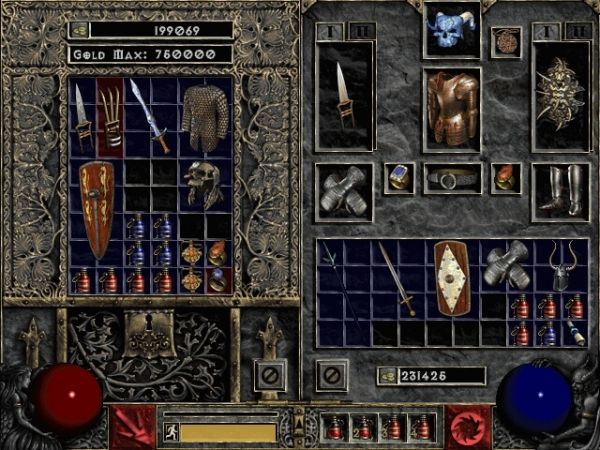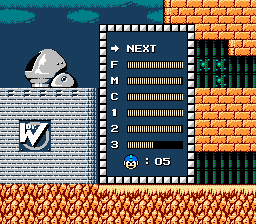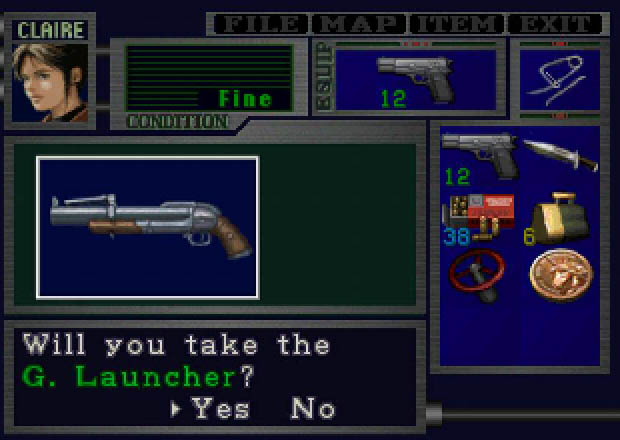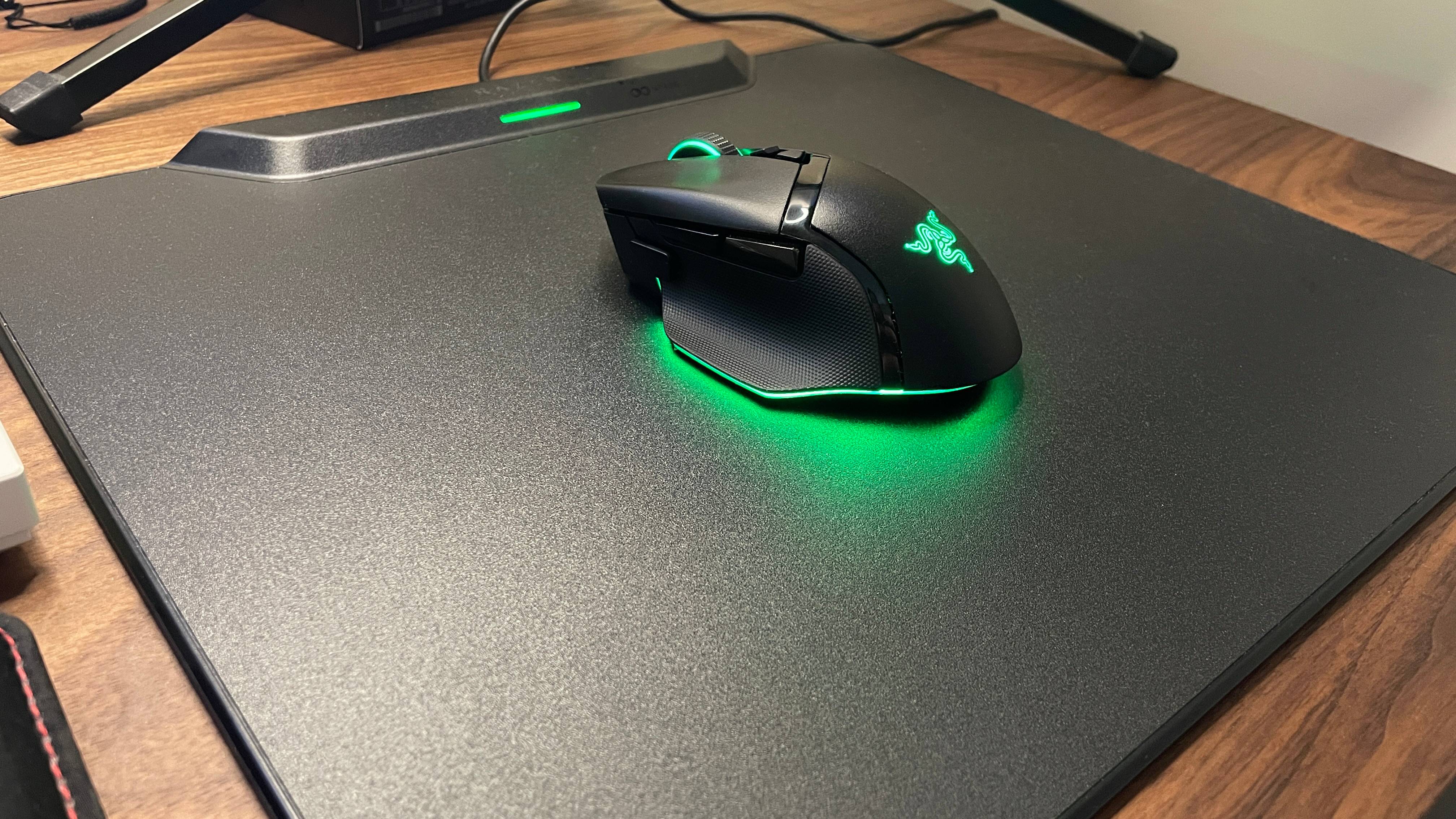Why I love well-organised inventory systems
Menu, maestro, please.
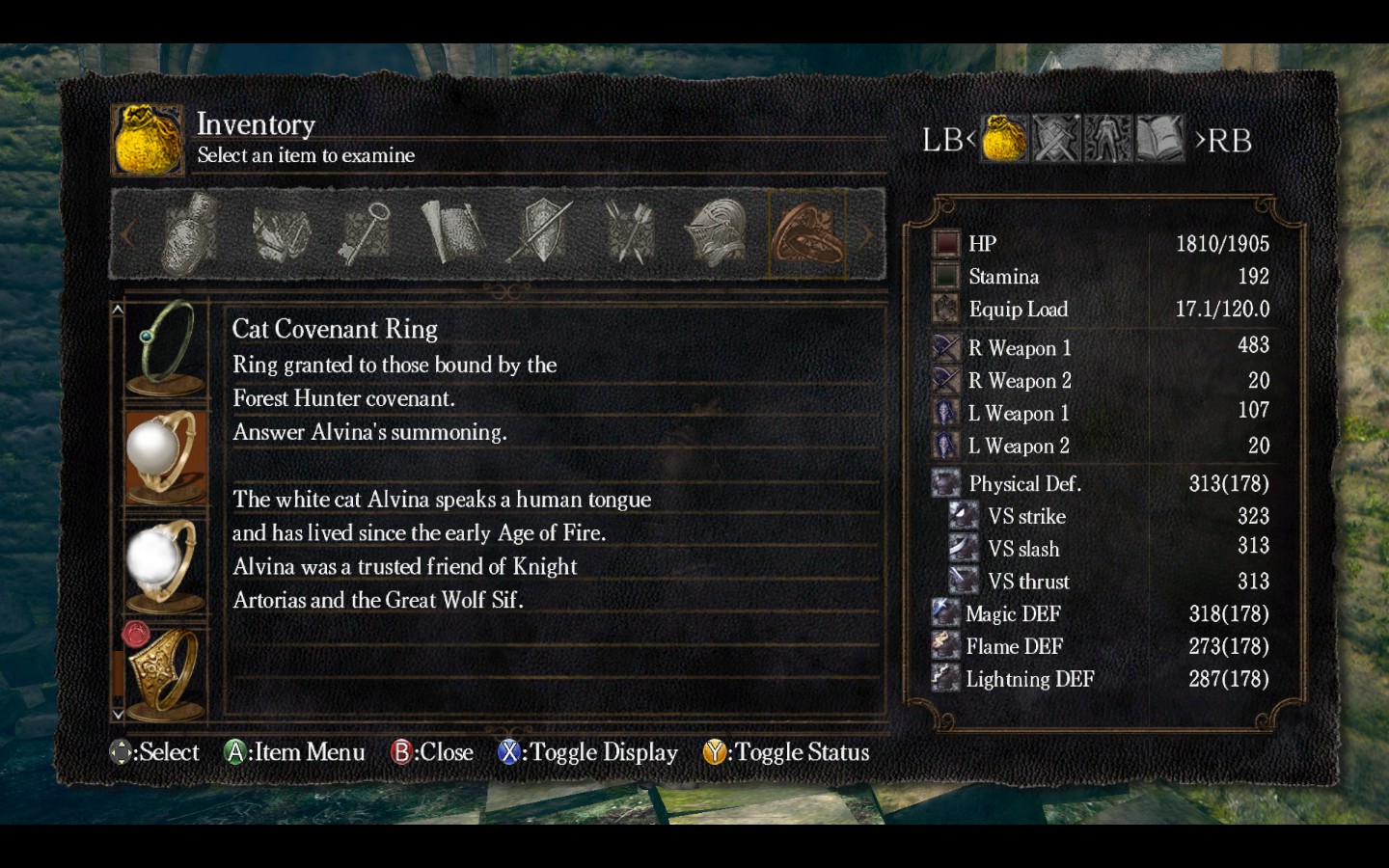
In Why I Love, PC Gamer writers pick an aspect of PC gaming that they love and write about why it's brilliant. This week Joe organises his thoughts on inventory systems with meticulous care.
I have a ritual for leaving my house. "Phone, wallet, keys," I say aloud each time I step over the threshold, physically tapping each item as I go. It sounds daft, but it's a learned routine that ensures I never set off without the three things I rely on most throughout the day. Phone in right-hand pocket—tap. Wallet in left-hand pocket—tap. Keys in jacket breast pocket—tap. Phone, wallet, keys. And I'm off out the door.
This habitual infatuation keeps me right and it's something I've historically transferred to videogames. Don't get me wrong, the rest of my real life is hardly this organised, but, my goodness, are my digital incarnations regimentally systematised to the point of obsession.
This fixation stems from the 1988 NES classic Mega Man 2. I recall playing it at a mate's house in the early '90s and although I fell in love with its challenging platforming and power-specific zones, its inventory system was a bloody mess. Whoever decided marking each arm-mounted weapon with a single letter within the pause menu was a good idea clearly does not undertake the phone, wallet, keys routine, as pulling up the correct firearm felt like a game of Russian Roulette each time I scrambled to face-off against an encroaching Blocky or Flybot.
From thereon inventory management became a yardstick against which I judged my videogame enjoyment. Doom's inventory, for example, was obtrusive but I liked how I could view my arsenal of weapons at all times and could cycle each gun in and out at will. Similarly, The Secret of Monkey Island's item HUD commandeered roughly a third of the screen yet a clear view of what I could mix and match, and incongruously meld together, helped me best its at times outlandish puzzles that bit easier. Broken Sword's exhaustive trial and error system wasn't quite as intuitive, but its charming aesthetic made rifling through its options less of a chore; and Resident Evil's limited space management taught me the value of preservation and survival.
Perhaps the best inventory system I came across in my formative years, though, was the one found in Diablo 2. This was where my perceived obsession really kicked in as I had autonomy, not to mention responsibility, over each placement —more so than anything Chris Redfield and/or Jill Valentine had fumbled with before. Diablo 2's Tetris-like inventory screen was in essence a puzzle game in itself, and I lost hours to coordinating my best-suited depository alone, never mind roaming the hellish depths of Sanctuary. If I struggled to draw an item quickly in battle, I'd be straight back to the drawing board and wouldn't brave combat again until I'd set the perfect ensemble.
For me, few games have matched this standard since. I liked Resident Evil 4's evolution of the original games' foundations, and I'm fond of Dark Souls' similarly limiting setup—although I suspect the latter is down to familiarity and the amount of hours I've sunk into Lordran. While I've not played an inordinate amount of Dota 2, I understand that it boasts just six activated item slots but that there are a ridiculously large number of possibilities that can be leveraged from idiosyncratic loadouts—something which can only uncovered after several hours of play. WoW, on the other hand, starts new players off with a distinctly small inventory space yet high-level players' menus can span the entire screen.
Is there such a thing as too much choice? For me, inventory management comes down to efficiency. If I can't access the item I'm after almost instantly, my setup is no good. I'll spend hours tinkering with menus till I get them just right in my head—poring over the value of individual items, even contemplating superficial factors such as size and colour.
Keep up to date with the most important stories and the best deals, as picked by the PC Gamer team.
Assigning bindings and hot keys of course makes the entire process more fluid, yet there's something about manual organisation that makes my own victories and achievements feel more deserved. I take great satisfaction from accessing a key, weapon or special item from an inventory at lightning speeds—faster than you can tap your pockets and say: 'phone, wallet, keys.'
